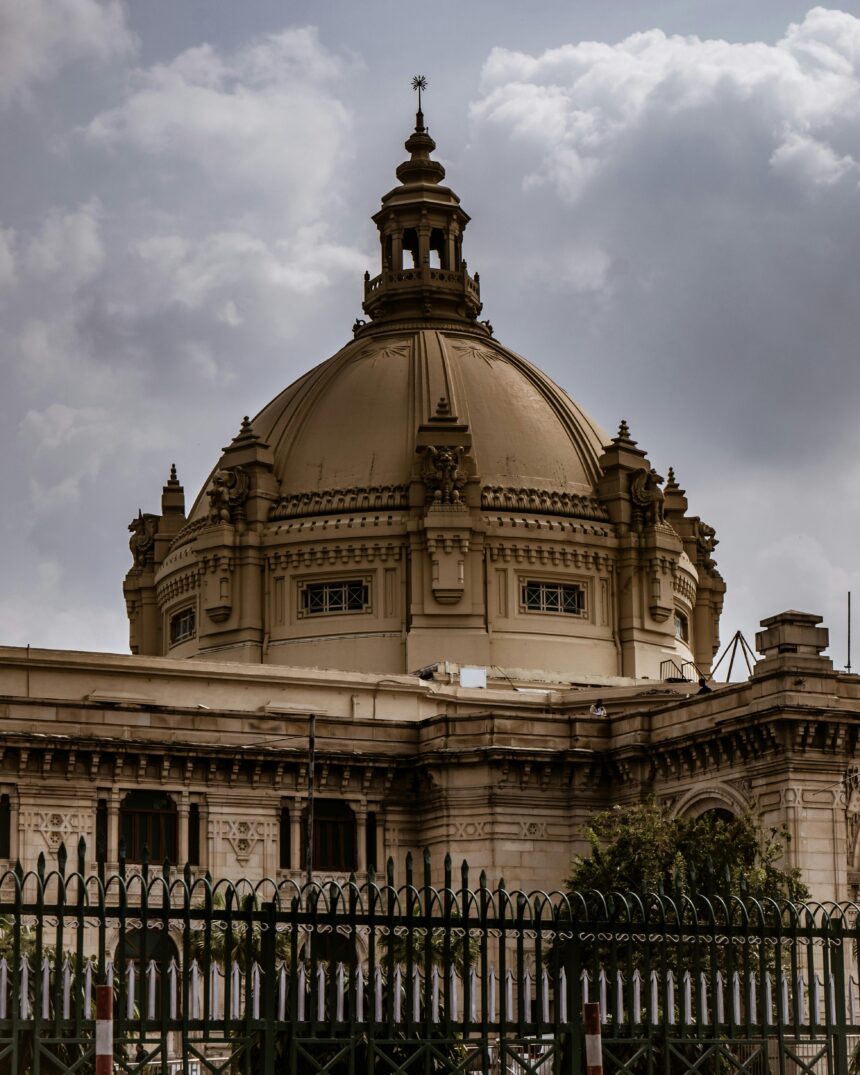Key Metrics:
- Lok Sabha Seats: 80
- Rajya Sabha Seats: 31
- Population: Approximately 220 million
- Geographic Size: Covers 243,286 square kilometers
Lucknow, 2025 — Uttar Pradesh (UP), with its 80 Lok Sabha seats, remains a pivotal force in shaping India’s national political strategies. As the state with the largest number of parliamentary seats, UP’s electoral outcomes are crucial for any political party aiming for dominance at the central level. This article explores how UP’s significant Lok Sabha representation influences national electoral tactics and policy-making, reinforcing its status as a critical battleground in Indian politics.
Electoral Influence on National Politics
- Strategic Electoral Battles
- Majority Maker: The sheer number of Lok Sabha seats in UP often makes or breaks the political fortunes of parties at the national level. Winning a substantial portion of these seats can lead to majority government formation in the Centre.
- Primary Target for All Parties: Given its electoral weight, UP is the primary focus of major national parties and often sees the most intense campaigning and electoral promises during national elections.
- Bellwether to National Trends
- Election Outcomes as Predictors: Historically, the party that performs well in UP is likely to form the government at the national level. This has established UP as a bellwether for gauging the public mood across India.
- Policy Testing Ground: Due to its political importance, UP often serves as a testing ground for new policies. Success or failure here can determine a policy’s future at the national level.
Impact on Coalition Dynamics
- Coalition Formations
- Kingmaker in Coalition Governments: In scenarios where no single party gains an absolute majority, UP’s seats become crucial in forming coalition governments. The alliances formed here can set the tone for broader national coalitions.
- Negotiation Power: Parties strong in UP wield significant negotiation power in post-election coalition talks, often securing key ministries and policy concessions.
Influence on National Policy
- Policy Prioritization
- Focus on UP’s Needs: National parties often tailor their central policies to address the needs and aspirations of UP’s electorate, particularly in sectors like agriculture, industry, and infrastructure, hoping to sway voters in this key state.
- Development Initiatives: Recognizing the critical role of UP voters, central governments often launch major development initiatives here first, whether it’s new highways, industrial corridors, or flagship welfare schemes.
Challenges and Opportunities
- Electoral Volatility
- Changing Voter Dynamics: UP’s diverse demographic and socio-economic landscape makes its electoral behavior volatile and unpredictable. Political parties must continuously adapt their strategies to resonate with changing voter preferences.
- Communal and Caste Politics: The intricate communal and caste dynamics in UP require parties to navigate carefully, balancing broad national narratives with localized community concerns.
- Sustainable Development Needs
- Long-term Focus Required: Beyond electoral gains, there is a pressing need for sustainable development policies that address long-term issues like poverty, education deficits, and healthcare access in UP, which can in turn support more stable political outcomes.
Conclusion: A Political Powerhouse
The strategic importance of UP’s 80 Lok Sabha seats in national politics cannot be overstated. As a critical determinant of political success at the central level, UP commands attention not just during elections but as a focal point for major policy decisions and political alignments. Understanding and effectively engaging with UP’s complex political and social fabric is essential for any party aiming to secure its place in India’s national governance structure.


Leave a Reply